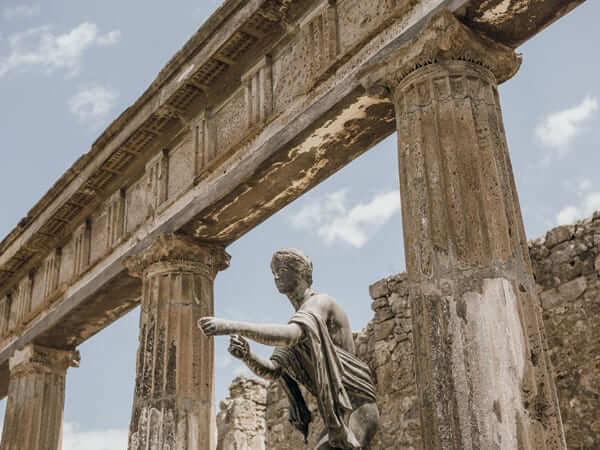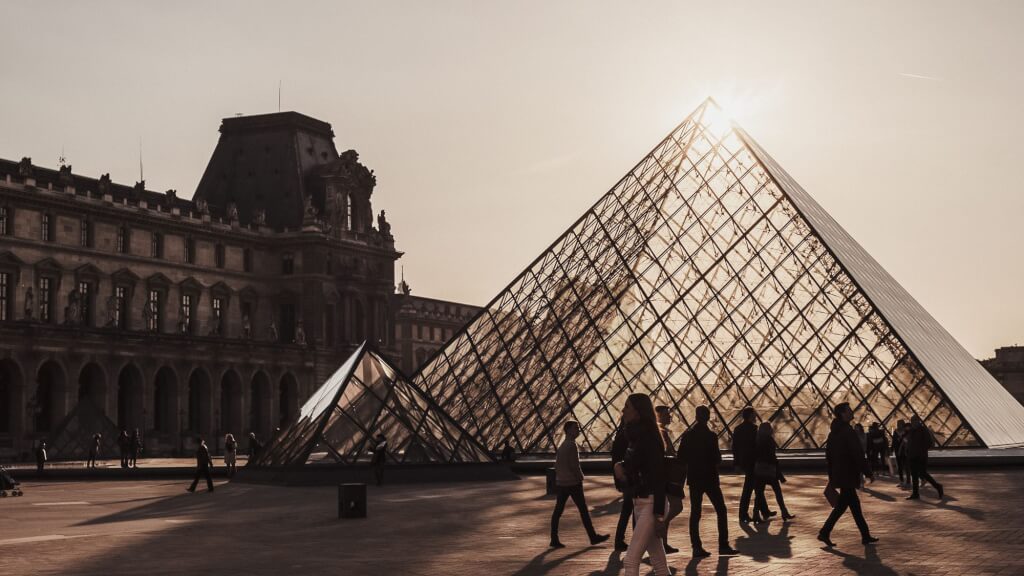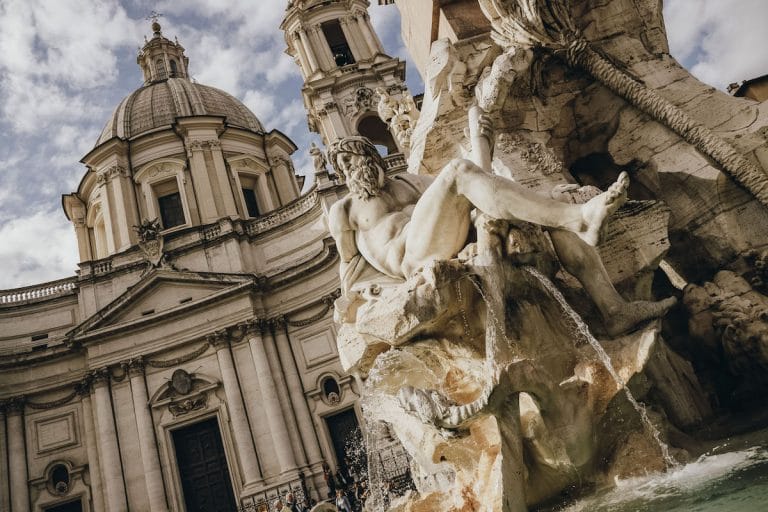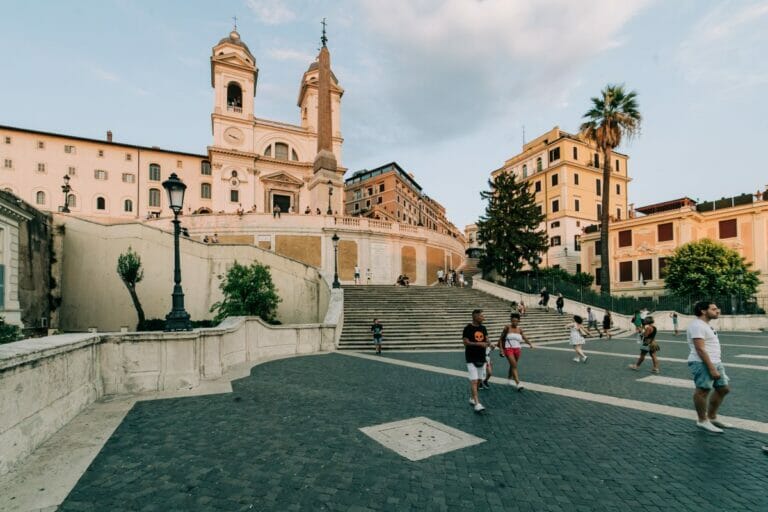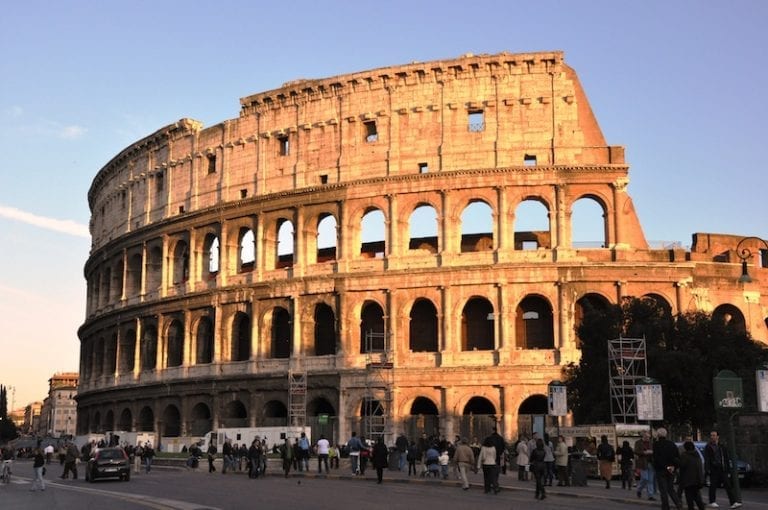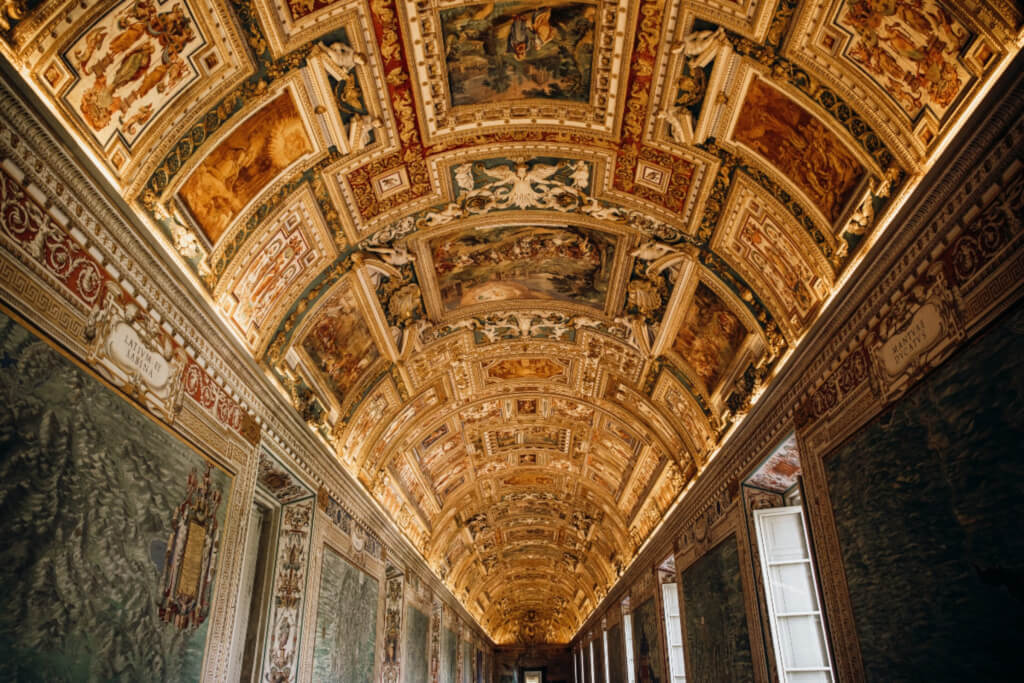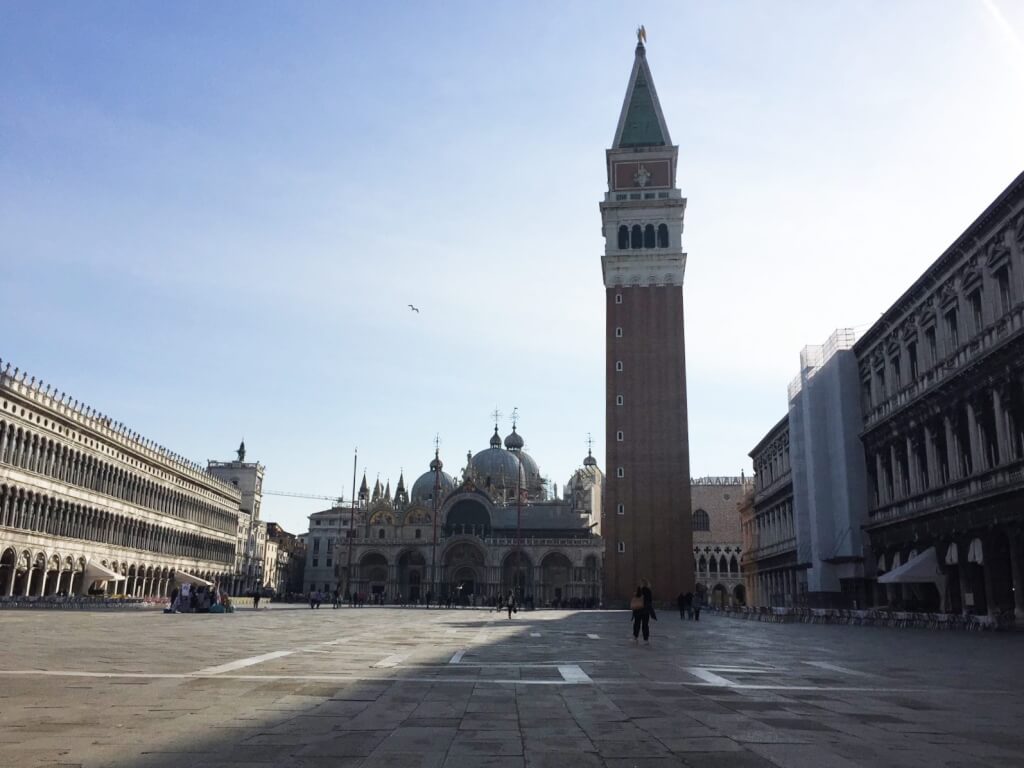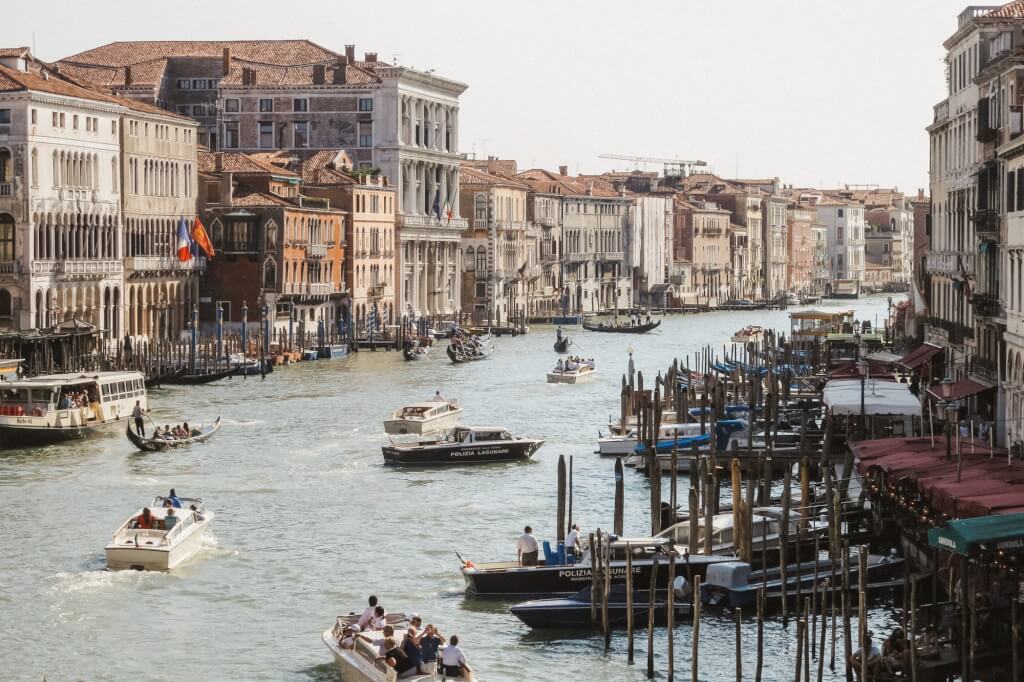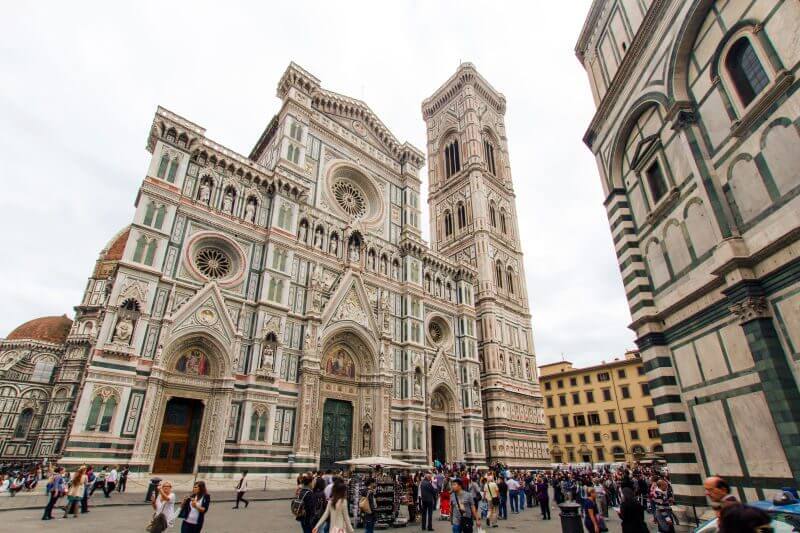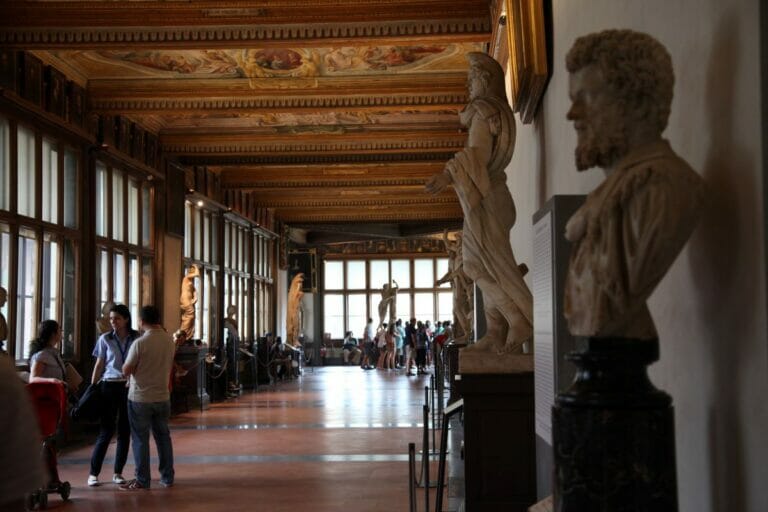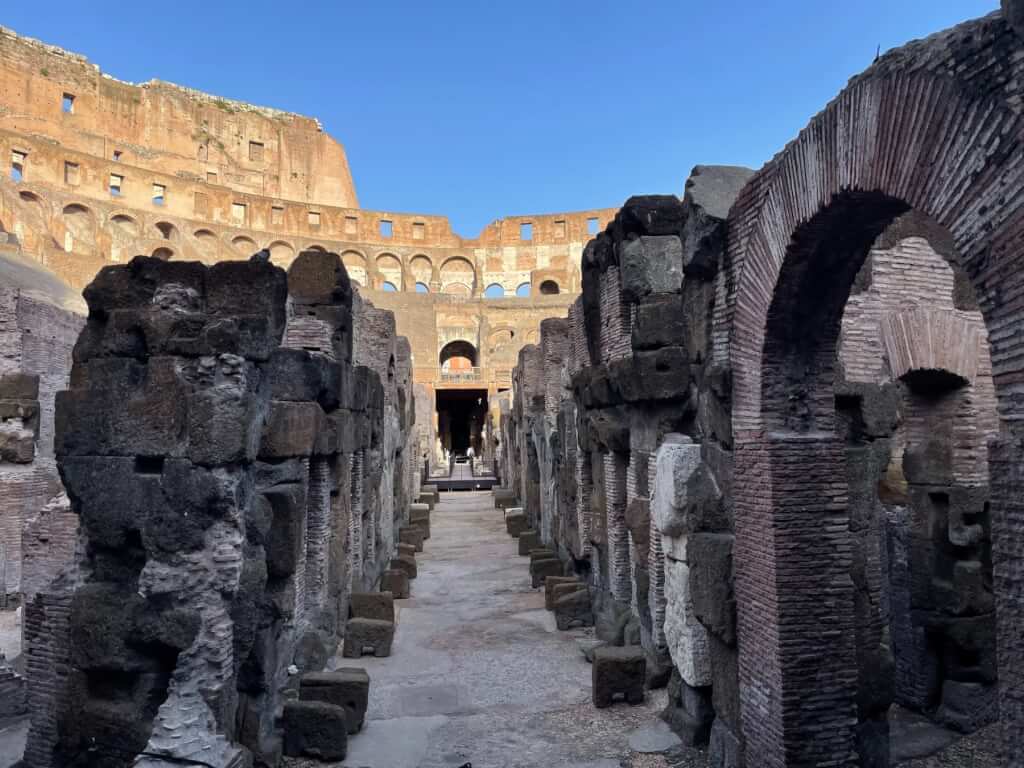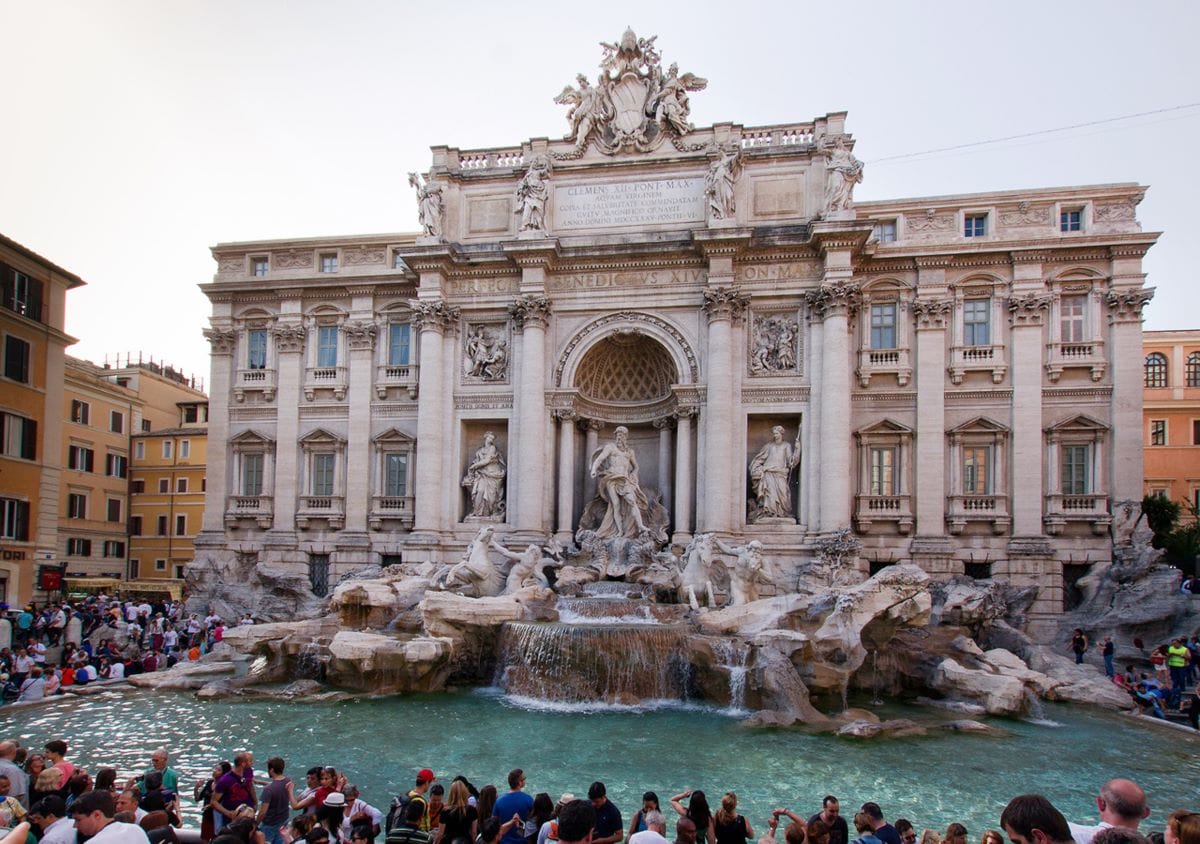
Rome’s Trevi Fountain: History, Lore, & Modern-Day Rules
May 21, 2025
The story of the Trevi Fountain, one of Rome’s most famous fountains, starts with a young girl. According to legend, the source of Acqua Vergine aqueduct, which feeds the Trevi, was discovered by a young girl (the titular “virgin”) who later showed it to a group of thirsty Roman soldiers returning to Rome.
When Marcus Agrippa caught wind of it, he made it the source of the Acqua Virgo, one of the eleven ancient Roman aqueducts that gave the city the name Regina Aquarum or “Queen of the Waters.”
The Acqua Virgo fell into disuse, but was rehabilitated (and renamed) into the Acqua Vergine in the Renaissance. Over 100 years after this architectural marvel had been recommissioned, Pope Urban VIII (who never saw a public work that he couldn’t improve) noticed that the original fountain just wasn’t quite cutting it as the terminus for such a storied source of water.

One of the city’s most beloved and visited landmarks, the Trevi Fountain is simply amazing.
His successor, Pope Clement XII solved the problem the way Baroque Romans solved all their civic questions, by having a contest. Trouble arrived in the form of a Florentine, Alessandro Galilei, took the top prize, but failed to convince the Roman public, who didn’t want a non-Roman designing a quintessentially Roman fountain. And so, the winner was ignored and building went ahead with the second place contestant, Nicola Salvi’s design.
The fountain took 30 years to complete, and it was financed with money garnered from the Roman lottery. The end result is a fountain with a variety of influences that, with its imagery, location, and history, is undoubtedly one of the most striking and beautiful in Rome.
Table of Contents
ToggleOceanus, Abundance, and Health
The central theme of the fountain is Rome’s mastery of water. In the center of the Fontana di Trevi stands Oceanus, a divine personification of the sea, coming from Classical Antiquity.
On his flanks are allegorical representation of Abundance, who spills water from a large earn, and Health, or Salubrity, who holds a cup with a snake drinking from it. The snake is a classical symbol of health, as seen on the doctor’s symbol the caduceus.
The entire fountain is shaped from Travertine, which is the same stone used for the Colosseum.
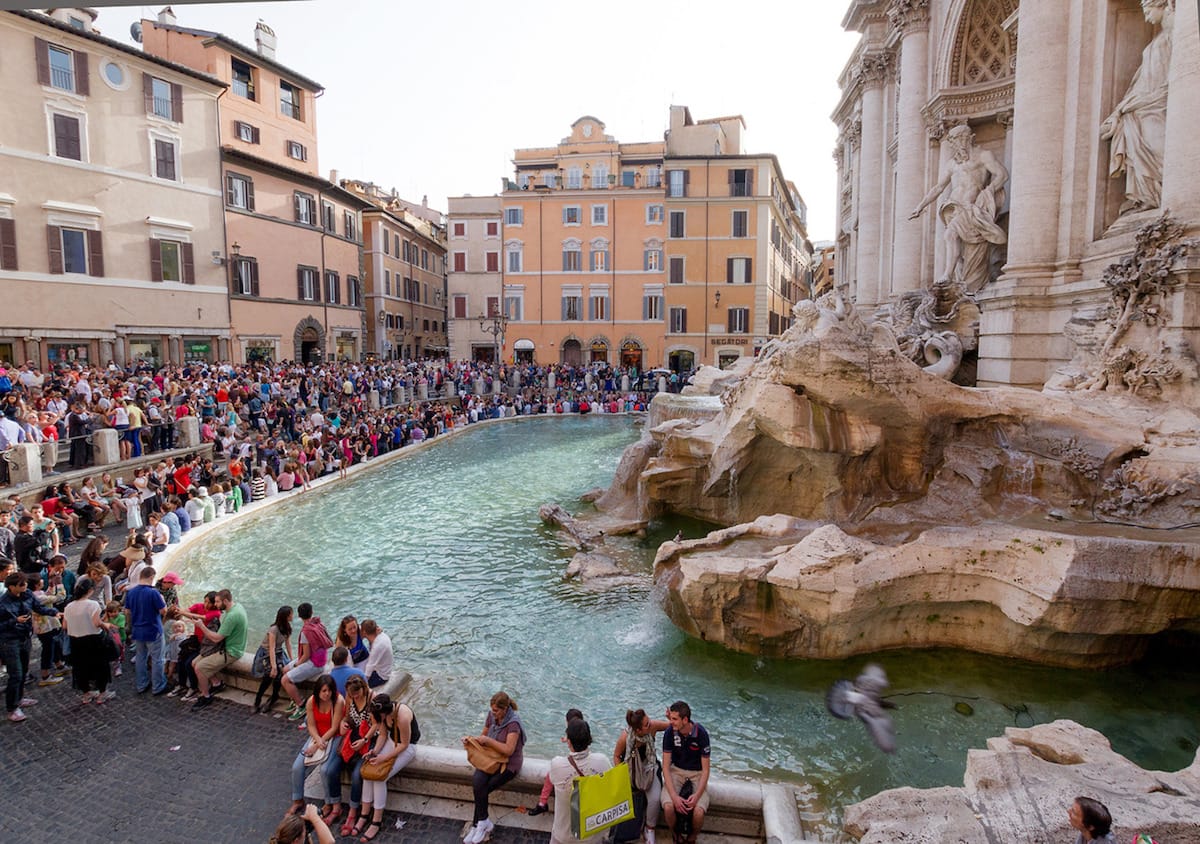
Many visitors from all over the world come to the Trevi Fountain to toss a coin.
A coin or two in the Trevi Fountain
Much of the fame of the Trevi Fountain (named after the 3 roads, or tre vie, that intersect there) comes from the traditions that surround it and the movies in which it had appeared, like Three Coins in the Fountain, and Fellini’s immortal La Dolce Vita.
The most well-known tradition says that, if you face away from the fountain and toss a coin over your shoulder into the water, you will return to Rome one day.
Secondary traditions have it that two coins over your shoulder will help you find true love, and three are a downpayment on marriage. A fourth, as sometimes appears in the literature, says that if you drink a cup of the water from the fountain in the presence of your beloved, you will never be able to stop loving him or her.
With over €3,000 accumulating in the fountain every day (which is dutifully given to charity) we wouldn’t recommend drinking the water, even if it is considered some of the best in Rome.
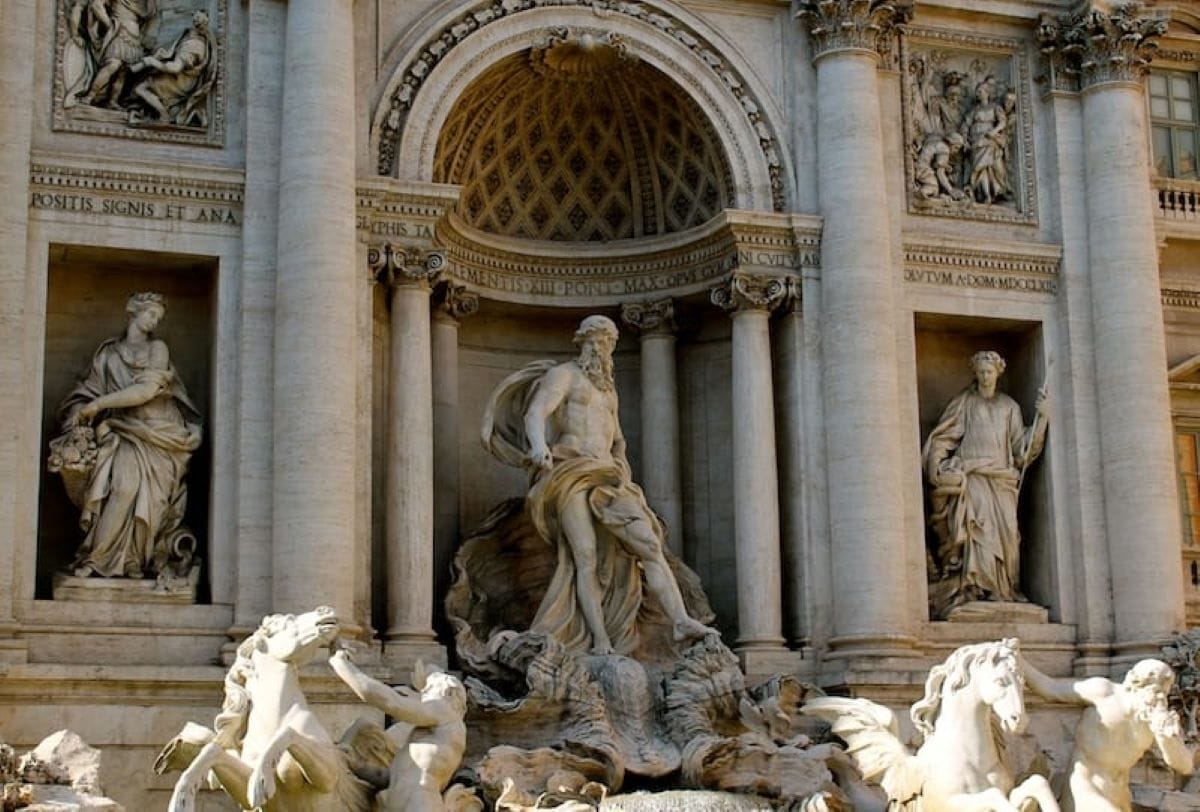
Oceanus on the Trevi Fountain, Rome.
The Trevi Fountain on the silver screen
One of the main reasons that the Trevi Fountain has become so iconic is the role it has played in various movies about the Eternal City.
In particular, the aforementioned 1954 romantic comedy Three Coins in the Fountain, along with its Oscar-winning song of the same name, romanticized the act of the over-the-shoulder coin toss.
Perhaps even more iconic, but far less understood, is the scene from Fellini’s cynical deconstruction of a decadent Rome, La Dolce Vita, in which Anita Ekberg drunkenly wades into the fountain.
Finally, who could forget Gregory Peck and Audrey Hepburn stealing a few scenes near the fountain in their immortal romantic comedy Roman Holiday?
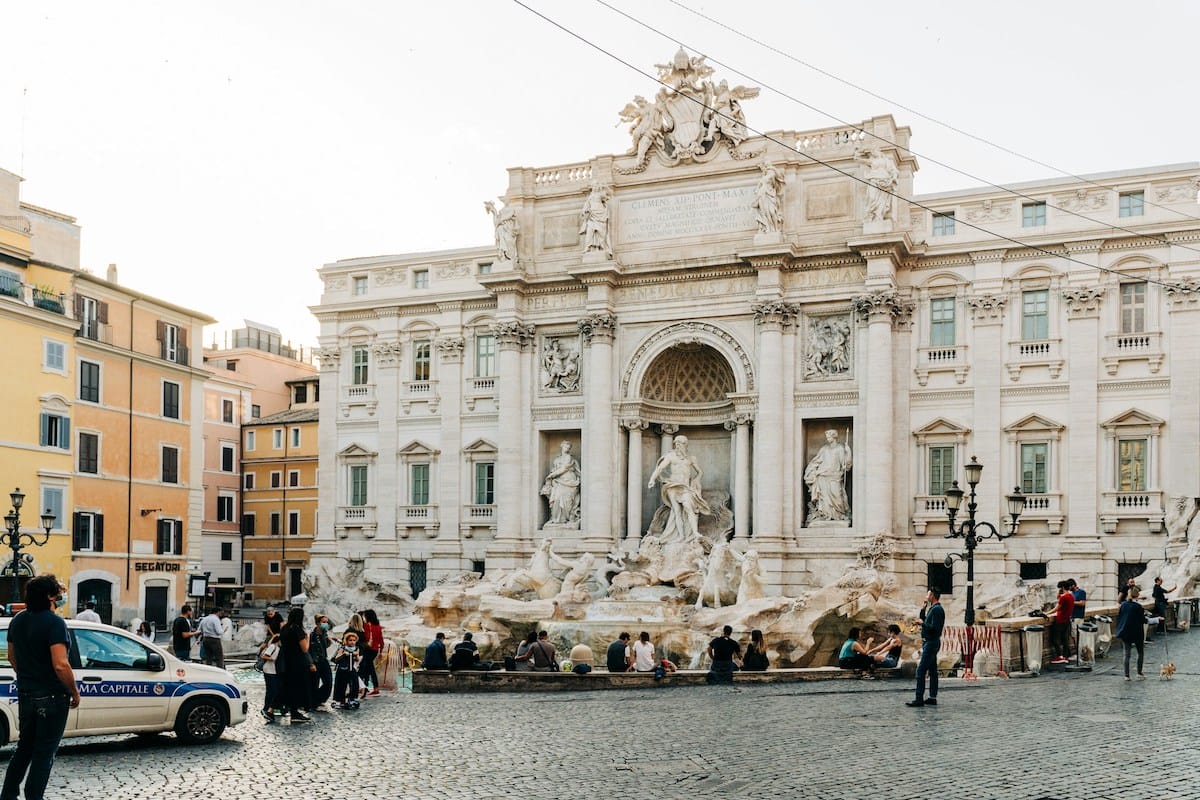
It’s not hard for us to understand why many directors would choose this fountain for their movies. Photo credit: Gabriella Clare Marino
Tips for visiting the Trevi Fountain
Opening times
The Trevi Fountain is a public work, and as such, it doesn’t open or close, except for renovation. Because it’s fed by an aqueduct, they don’t even turn the water off, because it’s powered only by gravity.
Recently, it closed for the better part of a year while undergoing renovations, and certain renovations may be scheduled and announced through official channels. Besides that, you can see the fountain in all its splendor at any time, and any day.
Depending on the season, and the unfathomable machinations of the Roman government, sometimes the lights of the fountain are turned off after a certain time at night.
You’re more likely to win a Roman lottery than guess when this might happen, but if you go during high season the lights of the fountain should be on most of the night.
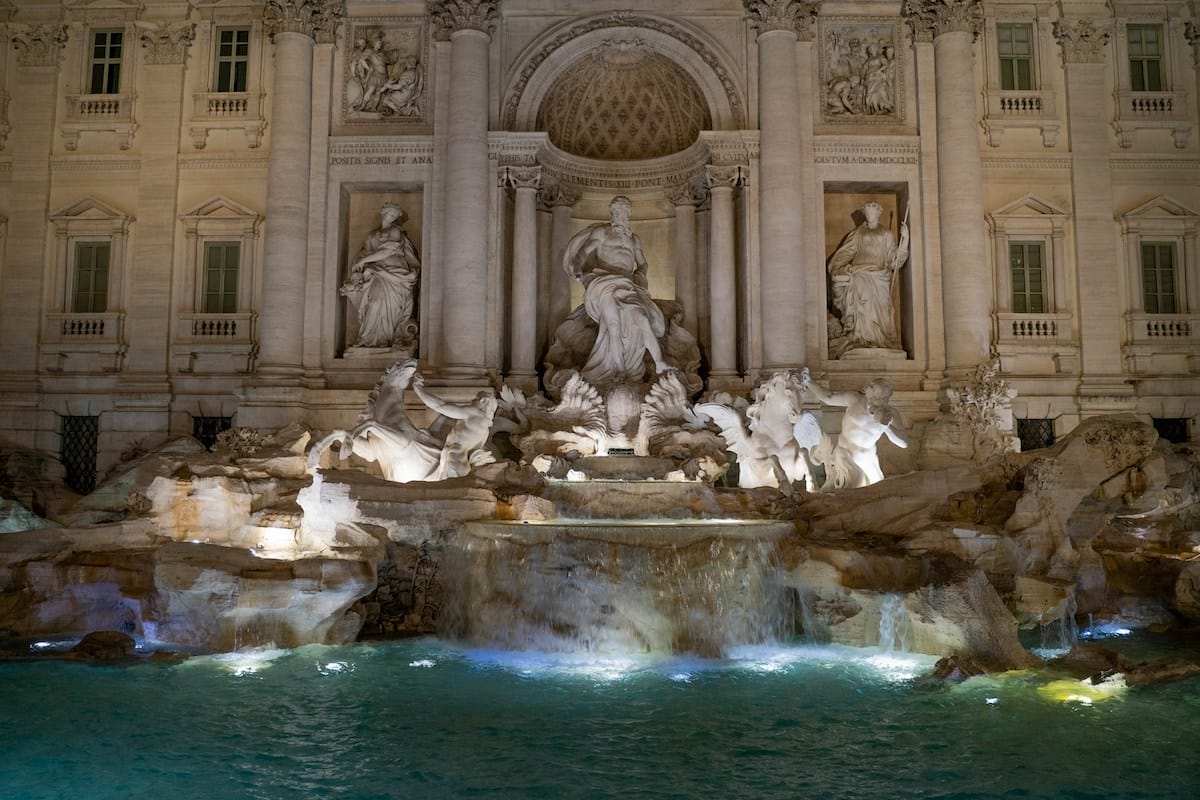
Visiting the Fontana di Trevi at night can be just as magical, and even more! Photo credit: Mike Hsieh
Trevi Fountain rules
Don’t drink the water. Although the water from the Fontana di Trevi comes from one of Rome’s most storied aqueducts, all those coins make it less than palatable.
If you want to partake in the old tradition of water drinking with your one and only, take a sip from the Fontanella degli Innamorati or “Lovers’s Fountain” that sits in a little nook to the left of the Trevi fountain.
Also, and this goes without saying, wading in the fountain is never allowed, even if you do sometimes feel like you’re stuck in a Federico Fellini flick.
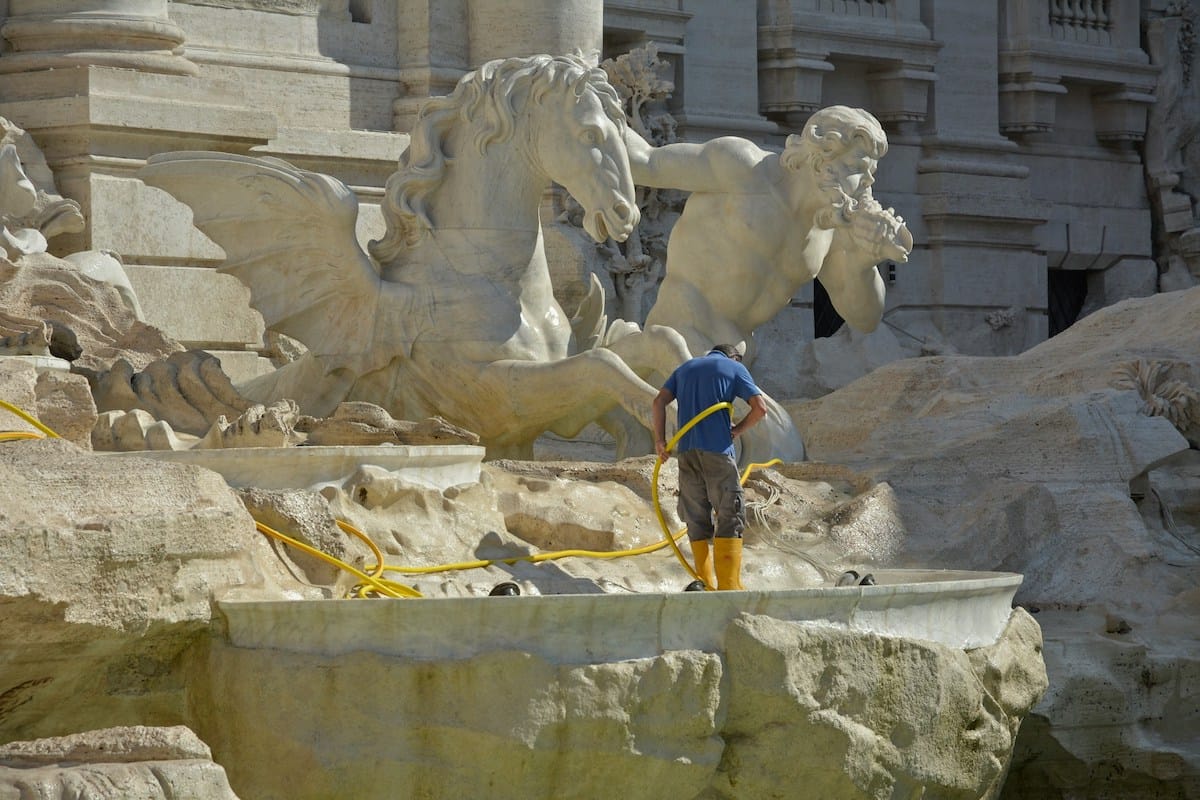
Do not drink the water. And, certainly, do not walk into it. Photo credit: David Edkins
The best time to visit the Trevi Fountain
As the Trevi Fountain is one of Rome’s most iconic sites, it can be crowded. During the high season (May – September), all of the historic centre of Rome is packed with visitors. The fountain is no different.
That said, if you want a little peace and quiet with this iconic site, the only time you will get it is early in the morning. This goes for all of Rome’s most famous monuments but you will be surprised how much of the city you can have to yourself if you are just willing to set your alarm a little bit earlier.
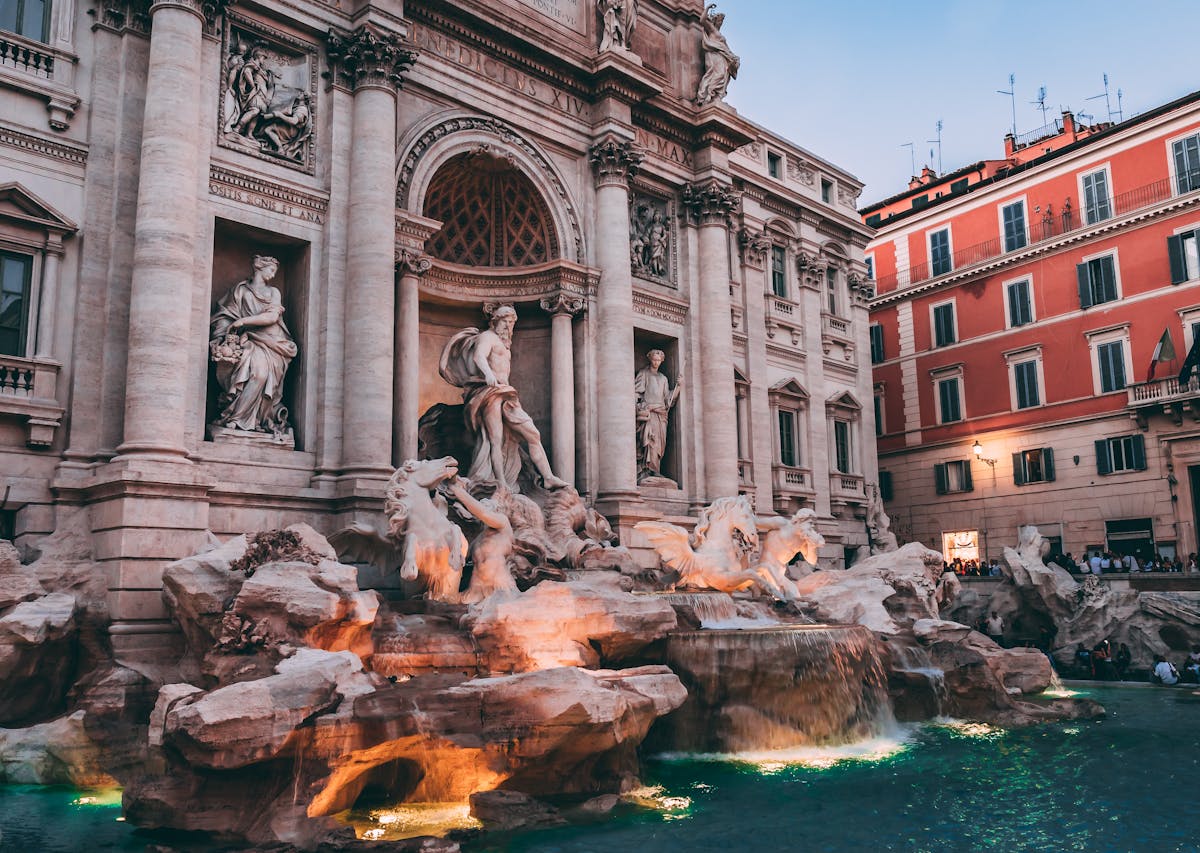
Early in the day may be the best time for you to visit the Fontana di Trevi. Photo credit: Chait Goli
Update notice: This article was updated on October 28, 2024.
Do you want to learn more about the Trevi Fountain? Join our Rome in a Day Tour to experience the Fountain, Piazza Navona, the Vatican, and other local gems in a new light, with plenty of fascinating facts and anecdotes from our expert guides!
by Chiara R.
View more by Chiara ›Book a Tour
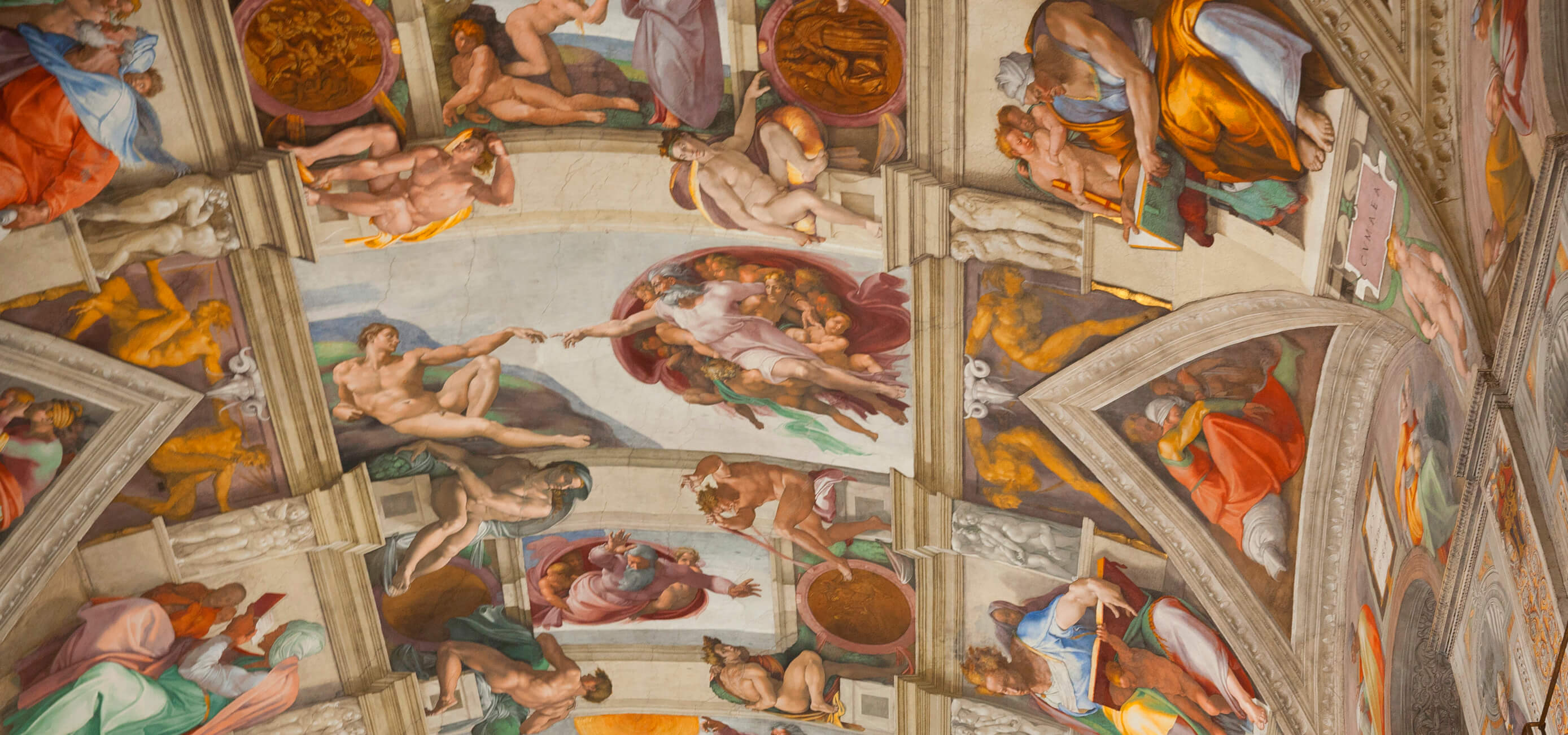
Pristine Sistine - The Chapel at its Best
€89
1794 reviews
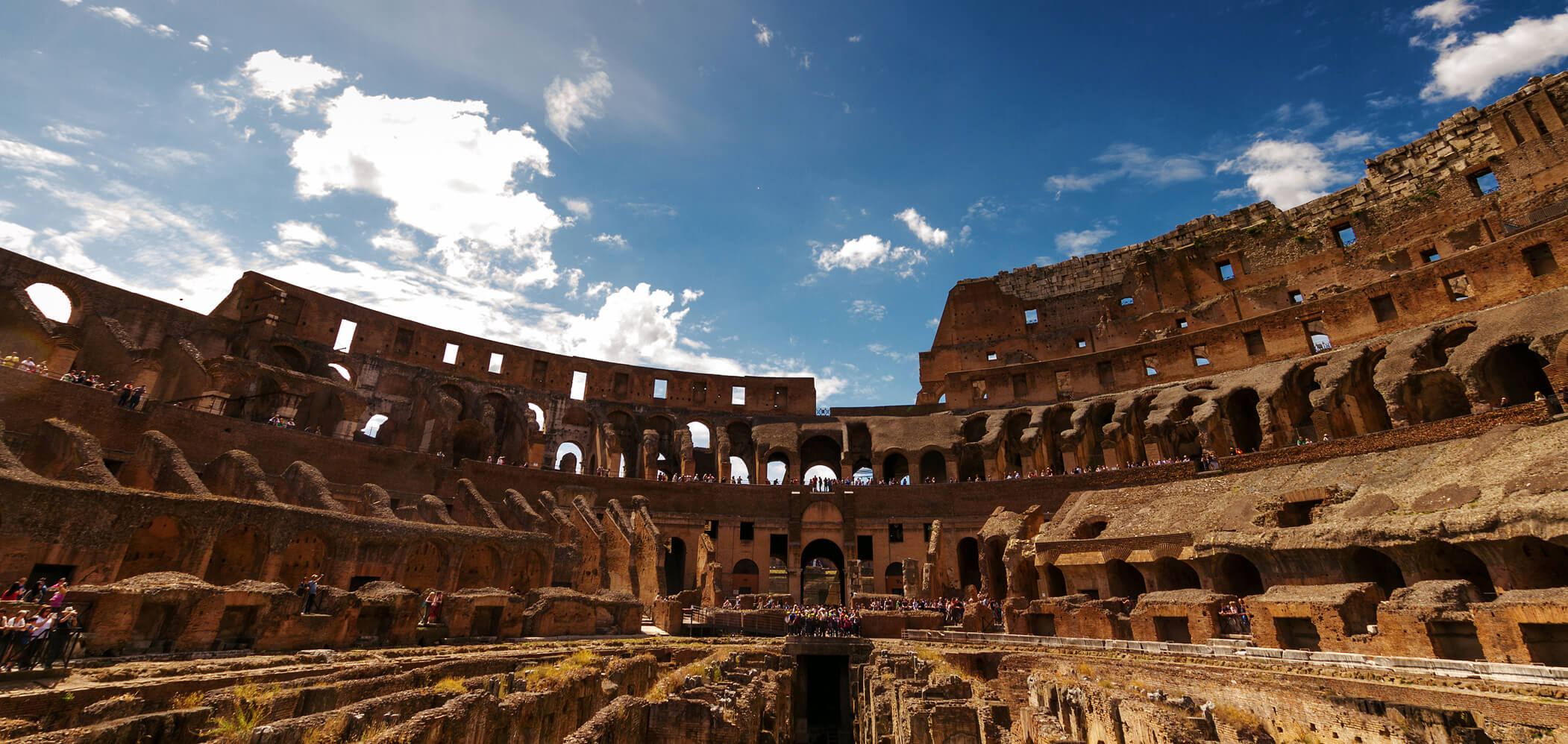
Premium Colosseum Tour with Roman Forum Palatine Hill
€56
850 reviews
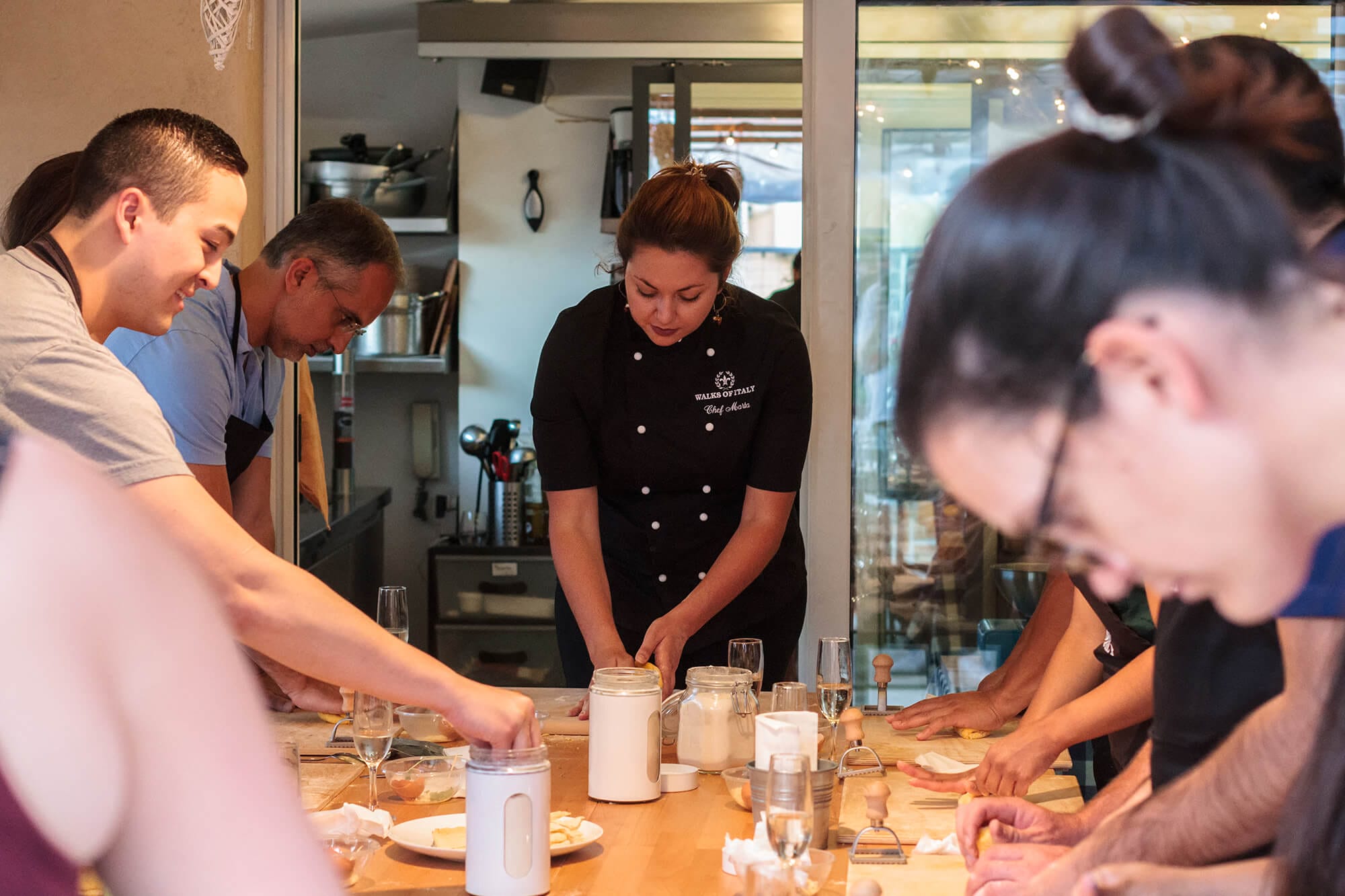
Pasta-Making Class: Cook, Dine Drink Wine with a Local Chef
€64
121 reviews

Crypts, Bones Catacombs: Underground Tour of Rome
€69
401 reviews
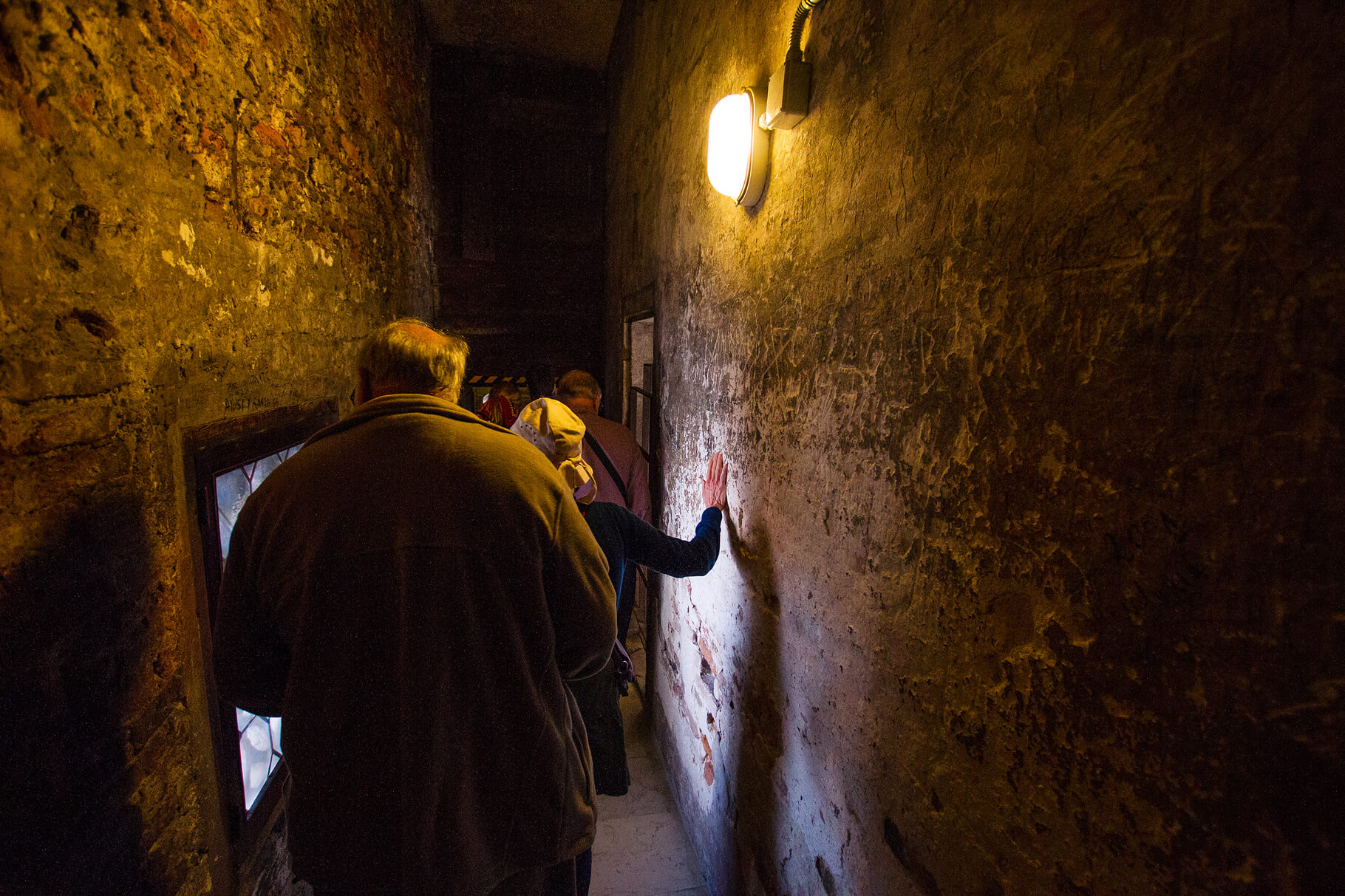
VIP Doge's Palace Secret Passages Tour
€79
18 reviews
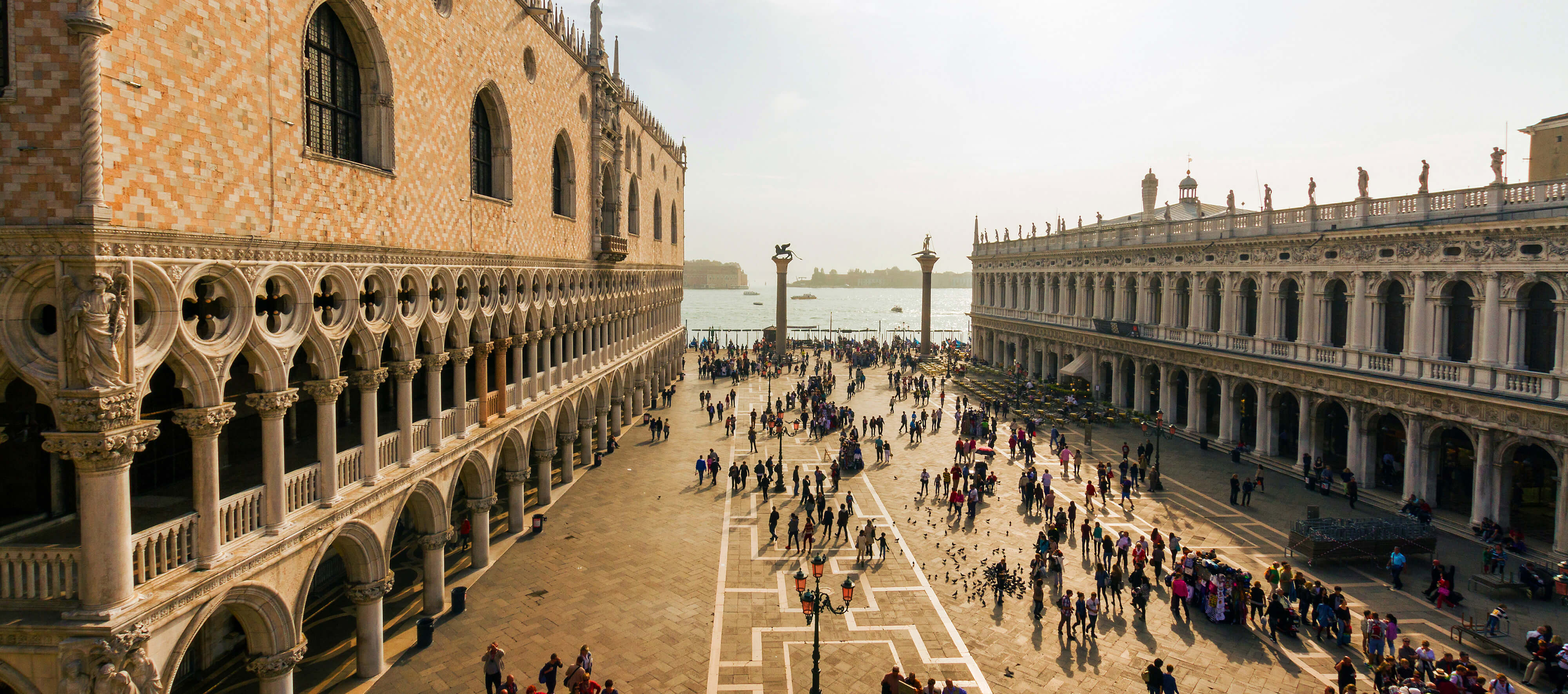
Legendary Venice: St. Mark's Basilica, Terrace Doge's Palace
€69
286 reviews




